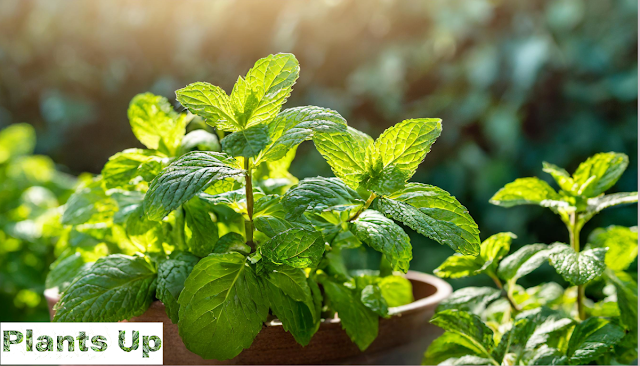 |
| Pests and Diseases |
Indoor plants are a great way to liven up any space, but unfortunately, they can be prone to a variety of pests and diseases. Knowing how to identify and treat these issues is crucial for keeping your indoor plants healthy and thriving.
In this article, we will explore some of the most common indoor plant pests and diseases, as well as tips for prevention and treatment.
Common indoor plant pests:
Spider mites: These tiny pests are difficult to spot with the naked eye but can cause a lot of damage to your plants. They suck the sap from the leaves, causing them
to turn yellow and die. Spider mites thrive in dry conditions, so increasing the humidity around your plants can help prevent infestations.Mealybugs: These small, white, cotton-like pests can often be found hiding in the nooks and crannies of your plants. They feed on the sap of the leaves and stems, causing yellowing and wilting. Mealybugs can be treated with insecticidal soap or a mixture of rubbing alcohol and water.
Scale insects: These pests look like small, brown bumps on the leaves and stems of your plants. They feed on the sap of the plant and can cause yellowing and wilting. Scale insects can be treated with insecticidal soap or a mixture of rubbing alcohol and water.
Fungus gnats: These small, black flies are often found hovering around your plants. They lay their eggs in the soil, and the larvae feed on the plant roots. Fungus gnats can be controlled by using sticky traps, reducing watering frequency, or using a soil drench with Bacillus thuringiensis (BT) to kill the larvae.
Common indoor plant diseases:
Powdery mildew: This fungal disease looks like a white, powdery substance on the leaves and stems of your plants. It thrives in humid conditions and can be prevented by increasing air circulation and reducing humidity. Fungicides can also be used to treat powdery mildew.
Root rot: This fungal disease is caused by overwatering and poorly-draining soil. It causes the roots to rot, leading to wilting and yellowing of the leaves. To prevent root rot, make sure your plants are in well-draining soil, and only water when the top inch of soil is dry.
Leaf spot: This fungal disease causes brown or black spots on the leaves of your plants. It is often caused by overwatering or high humidity. To prevent leaf spot, make sure your plants are in well-draining soil, and avoid getting water on the leaves.
Preventing and treating indoor plant pests and diseases:
Regularly inspect your plants for signs of pests and diseases, and quarantine any affected plants to prevent the spread of the problem.
- Maintain good air circulation and humidity levels around your plants.
- Water your plants properly, avoiding overwatering and underwatering.
- Use clean soil and pots when repotting your plants.
- Treat pests and diseases with natural or chemical methods as needed, following the manufacturer's instructions.
By following these tips and being proactive in preventing and treating indoor plant pests and diseases, you can ensure that your plants stay healthy and vibrant.
Few more things you can consider adding in my article on common indoor plant pests and diseases:
Prevention and Control Measures: In addition to identifying common pests and diseases, provide readers with tips on how to prevent these issues from occurring in the first place, such as proper watering, sanitation practices, and monitoring plants regularly. Also, include effective control measures like organic and chemical treatments, pruning affected areas, and introducing natural predators like ladybugs.
Symptoms and Signs: You can describe in detail the common symptoms and signs of various pests and diseases to help readers identify them. This could include leaf discoloration, wilting, browning, curling, or spots. Also, add pictures or diagrams to visually illustrate the signs to help readers easily recognize them.
Importance of Healthy Soil: Mention the importance of maintaining healthy soil and its impact on plant health. You could discuss the role of good soil in preventing disease and insect problems and offer tips on how to ensure that the soil in which indoor plants are growing is rich in nutrients and has proper drainage.
Common Indoor Plants Affected: Include a section that highlights common indoor plants that are particularly susceptible to pests and diseases. This will help readers identify and anticipate problems that could arise for specific plants, which they may be growing in their homes.
Natural Remedies: Many gardeners prefer natural remedies to chemical treatments. Add some tips for homemade, natural remedies that readers can use to prevent and treat common plant pests and diseases. This could include tips on using essential oils, vinegar, neem oil, and other natural insecticides.
Expert Advice: If possible, you could also consider consulting a gardening expert or plant doctor to provide additional insights and advice on common indoor plant pests and diseases. This will help readers better understand the issues and equip them with the knowledge needed to take effective action.
Hope this article helped you to grow you garden. if you liked it don't forget to add your comment.
Thanks for visiting Plants Up!
